Belgian navy tests new asset in mine countermeasures: the R7 underwater drone
During the multinational mine warfare exercise Spanish Minex, the Belgian Navy had the opportunity to trial a new high-performance tool in its mine countermeasure (MCM) arsenal: the R7 Compact ROV, developed by Exail. This state-of-the-art remotely operated vehicle is designed for rapid and precise underwater mine identification and complements the existing fleet of REMUS autonomous underwater vehicles.
navy worldwide nato news21 may 2025 | 21:59 | Source: Gazeta Morska | Prepared by: Kamil Kusier | Print

fot. Belgian Navy
Two technologies, one mission
The R7 stands out for its compactness—measuring just 78 cm and weighing 32 kg—allowing for swift deployment from ships or even directly from the shore. Unlike the autonomous REMUS, which follows pre-set sonar-based search patterns, the R7 is manually operated through an intuitive control console that combines real-time video with sonar imagery. This enables operators to investigate and confirm specific targets on the spot.
- It’s an ideal complementary platform, particularly valuable when no diver teams are available, explains Adjutant René, team leader of the Very Shallow Water (VSW) unit responsible for the evaluation.
Realistic testing in operational conditions
Spanish Minex provided a realistic operational framework for testing. The R7 was deployed against various types of training mines, including Manta and Rockan, as well as on simulated wrecks and seabed targets. Thanks to a 300-meter fiber optic cable, live footage and data were transmitted directly to onboard operators, facilitating immediate analysis.
The system proved its effectiveness by rapidly inspecting suspect objects without deploying divers. This significantly accelerates the response time from detection to identification and increases the efficiency of MCM operations over larger areas.
Modular design for future missions
The R7 is built on a digital open-architecture platform, enabling future upgrades with additional sensors, manipulator arms, or mission-specific tools. For instance, should a REMUS become entangled, the R7 can be used to cut or retrieve components using a robotic arm. It also has the capability to deploy explosives remotely in coordination with diver teams, expanding its operational scope.
- The R7 offers a versatile and future-proof capability package, notes the VSW team. - Technological adaptability is crucial for maintaining relevance in evolving maritime environments.
By investing in systems like the R7 Compact ROV, the Belgian navy reinforces its position as a leading expert in naval mine warfare, demonstrating a strong commitment to innovation, interoperability, and mission readiness in both current and future operations.
see also
Buy us a coffee, and we’ll invest in great maritime journalism! Support Gazeta Morska and help us sail forward – click here!
Kamil Kusier
redaktor naczelny
gallery
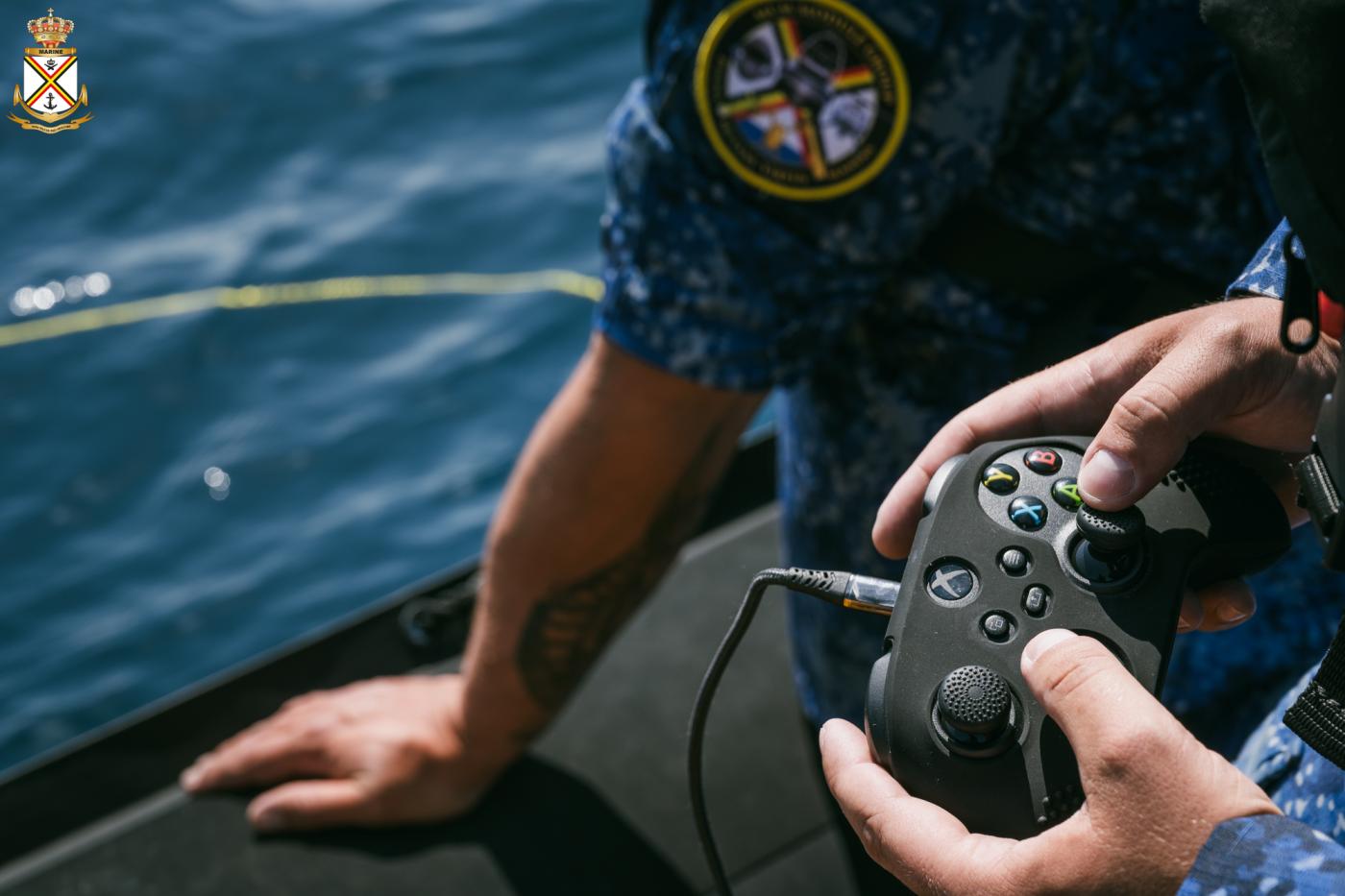
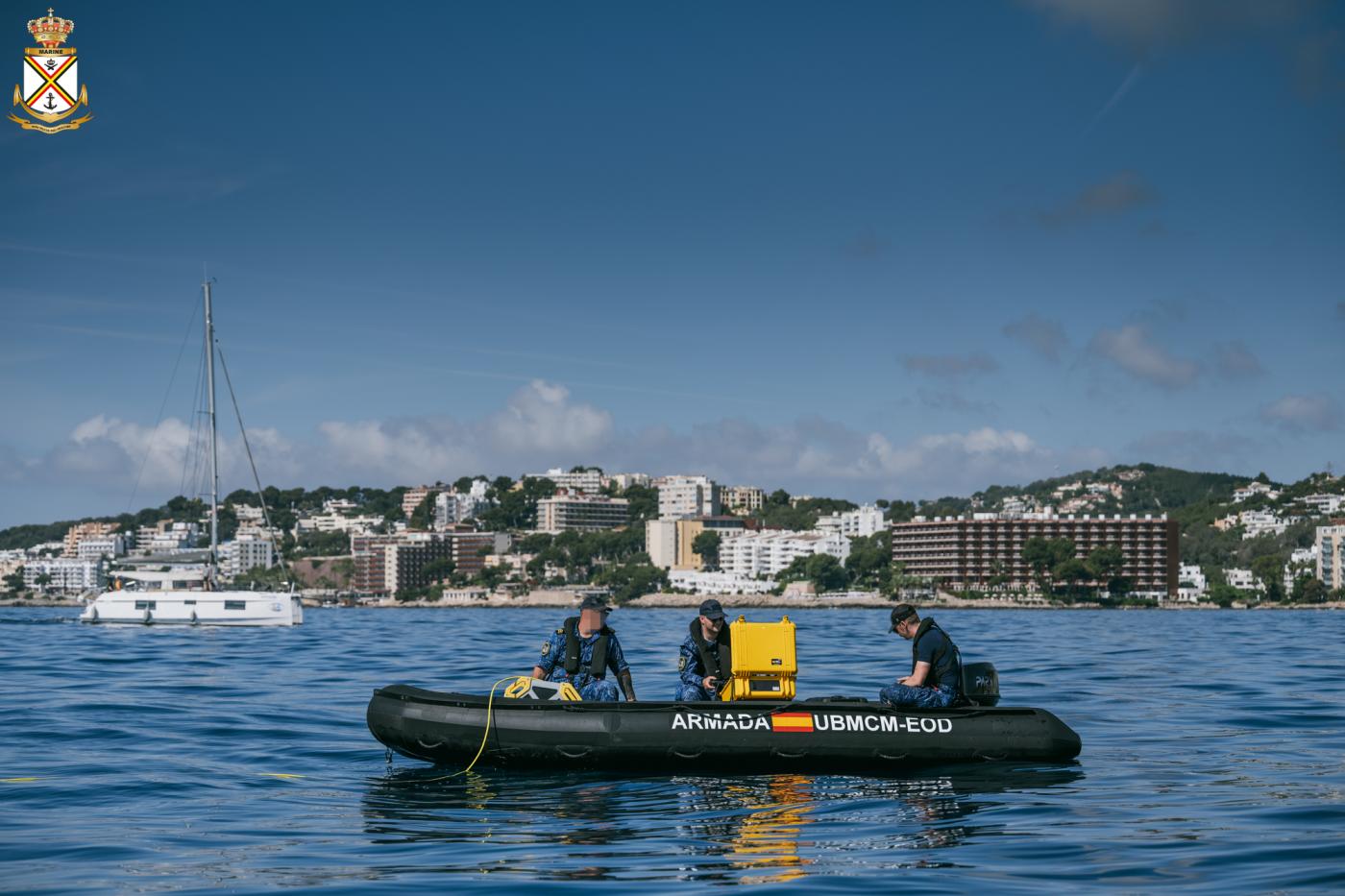
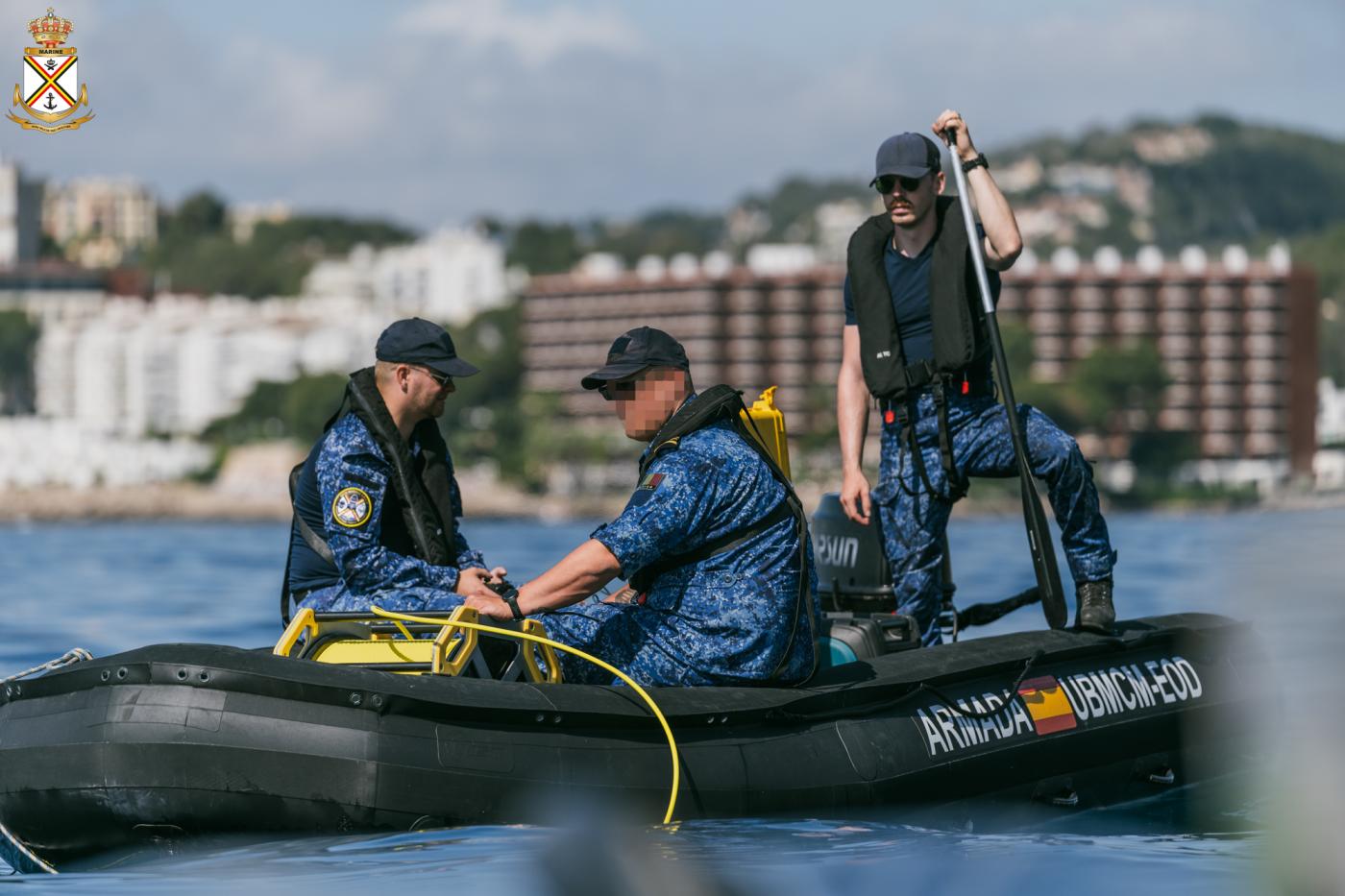
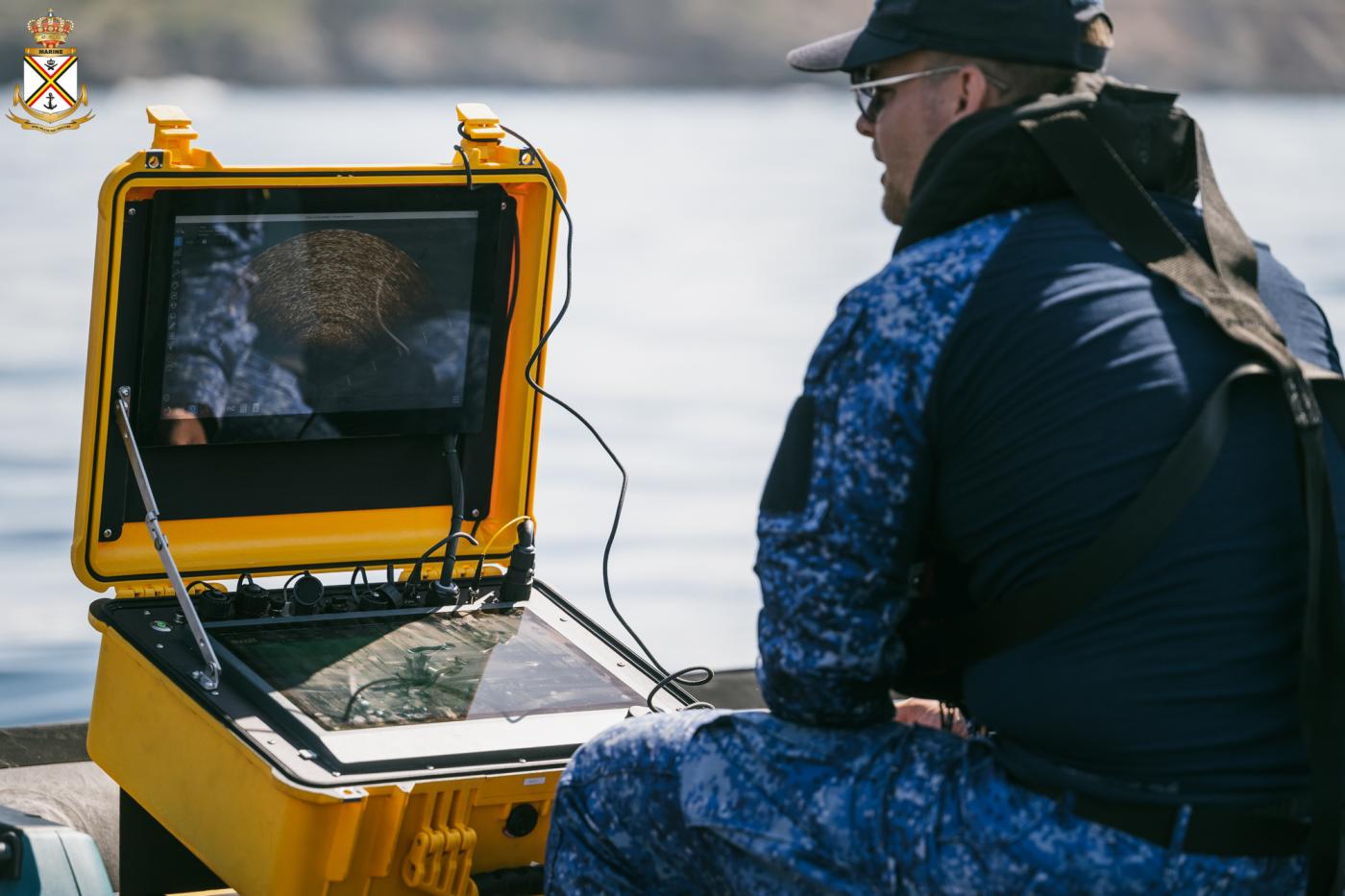


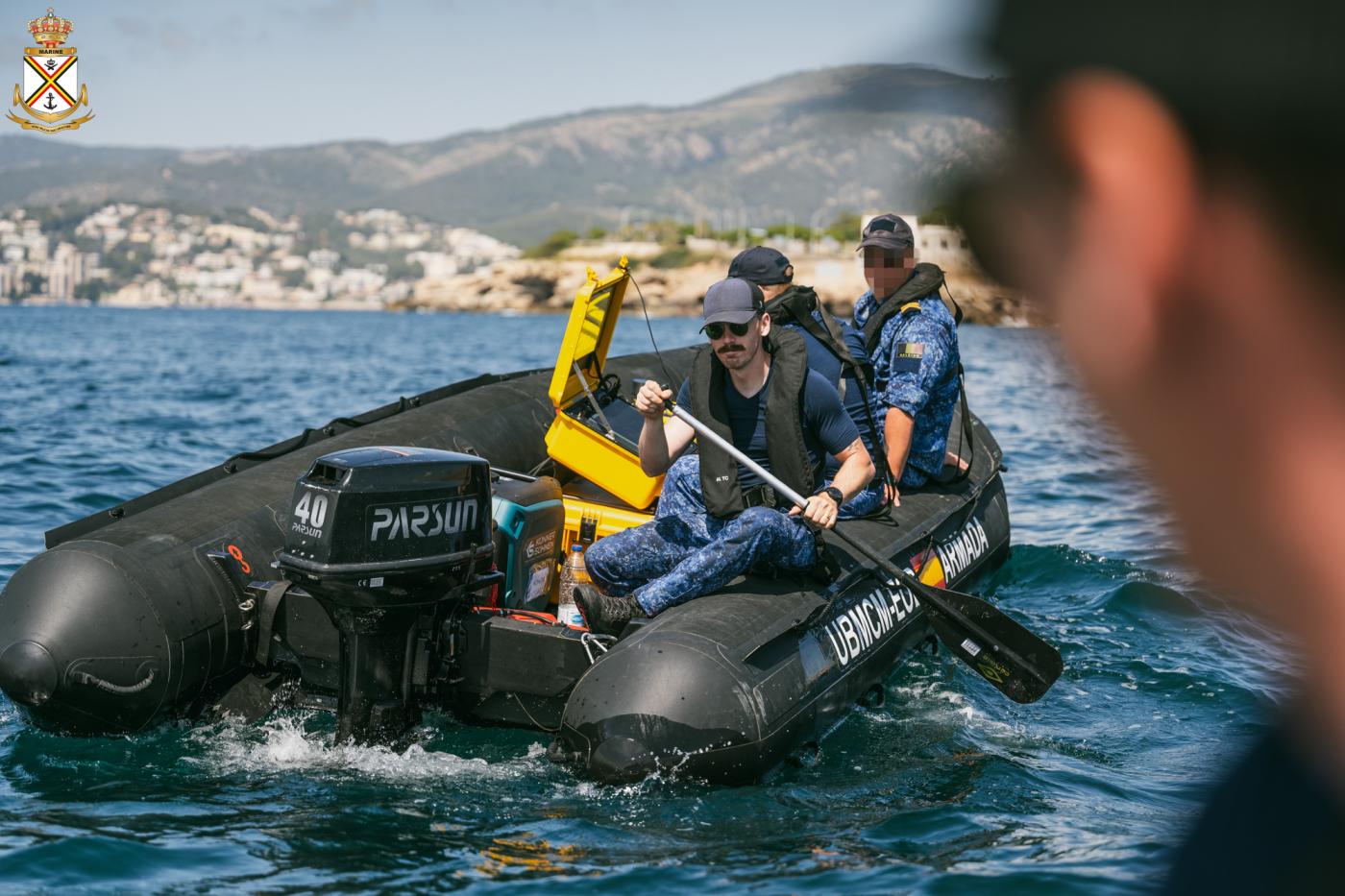

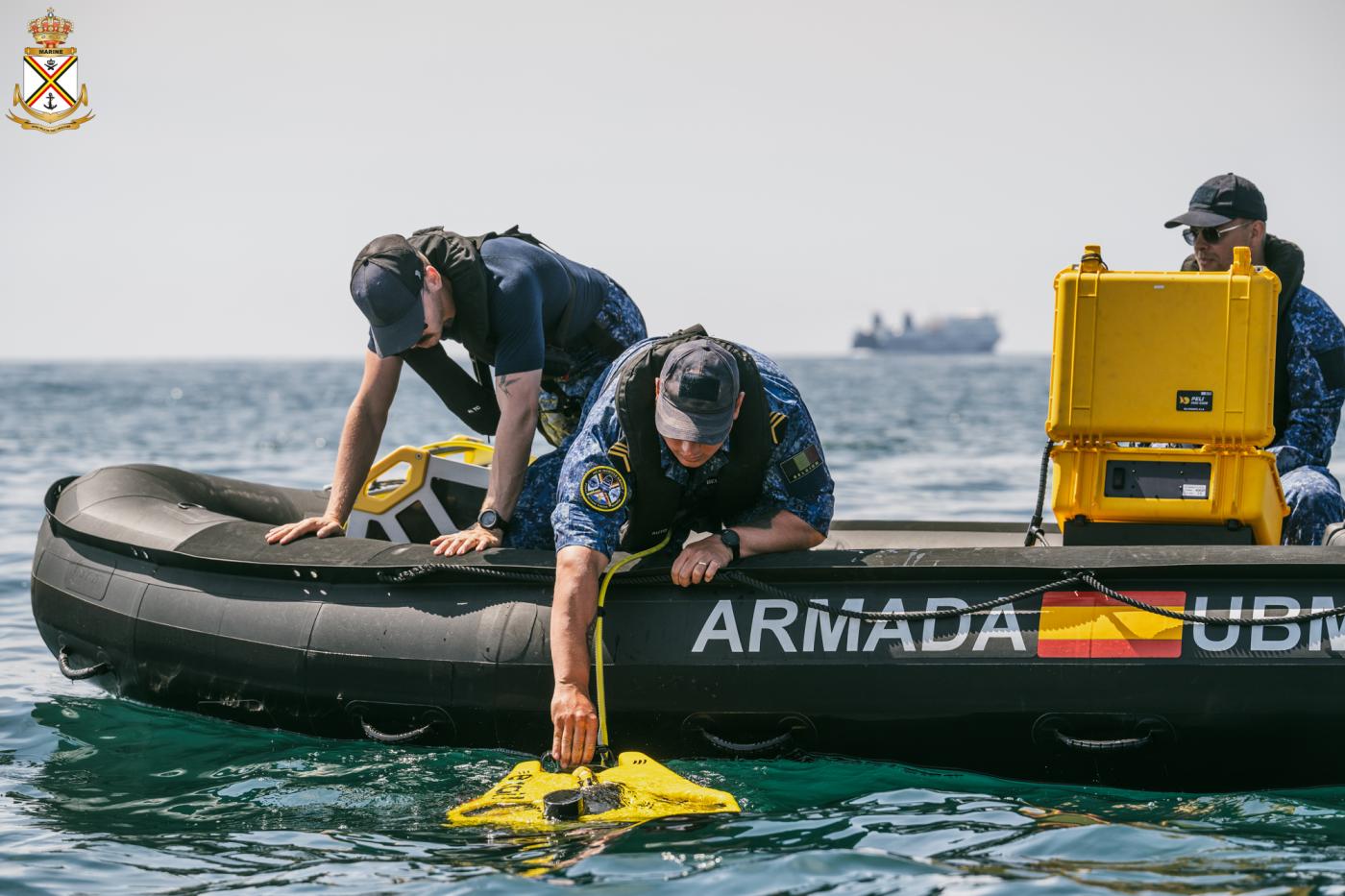
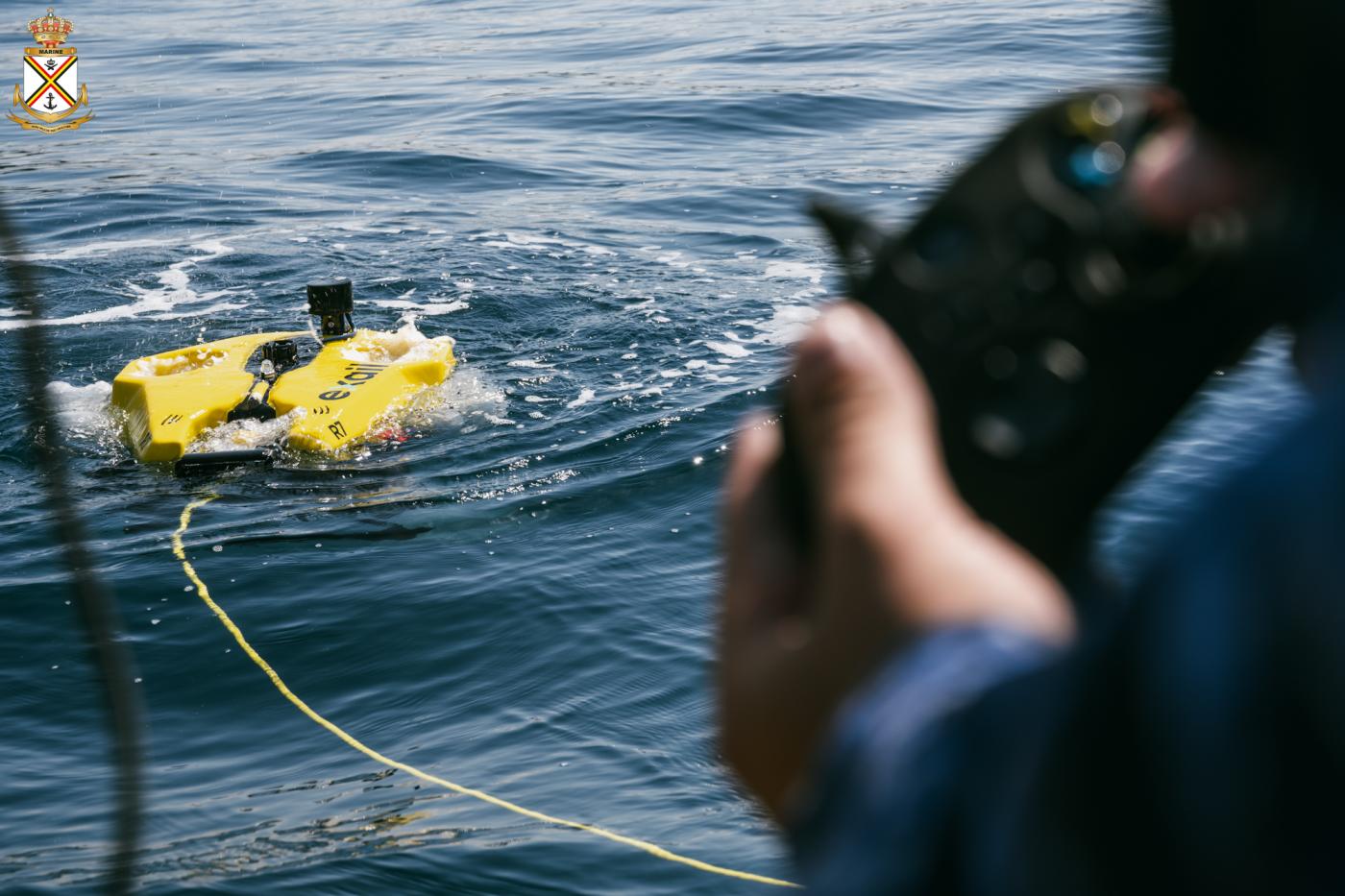
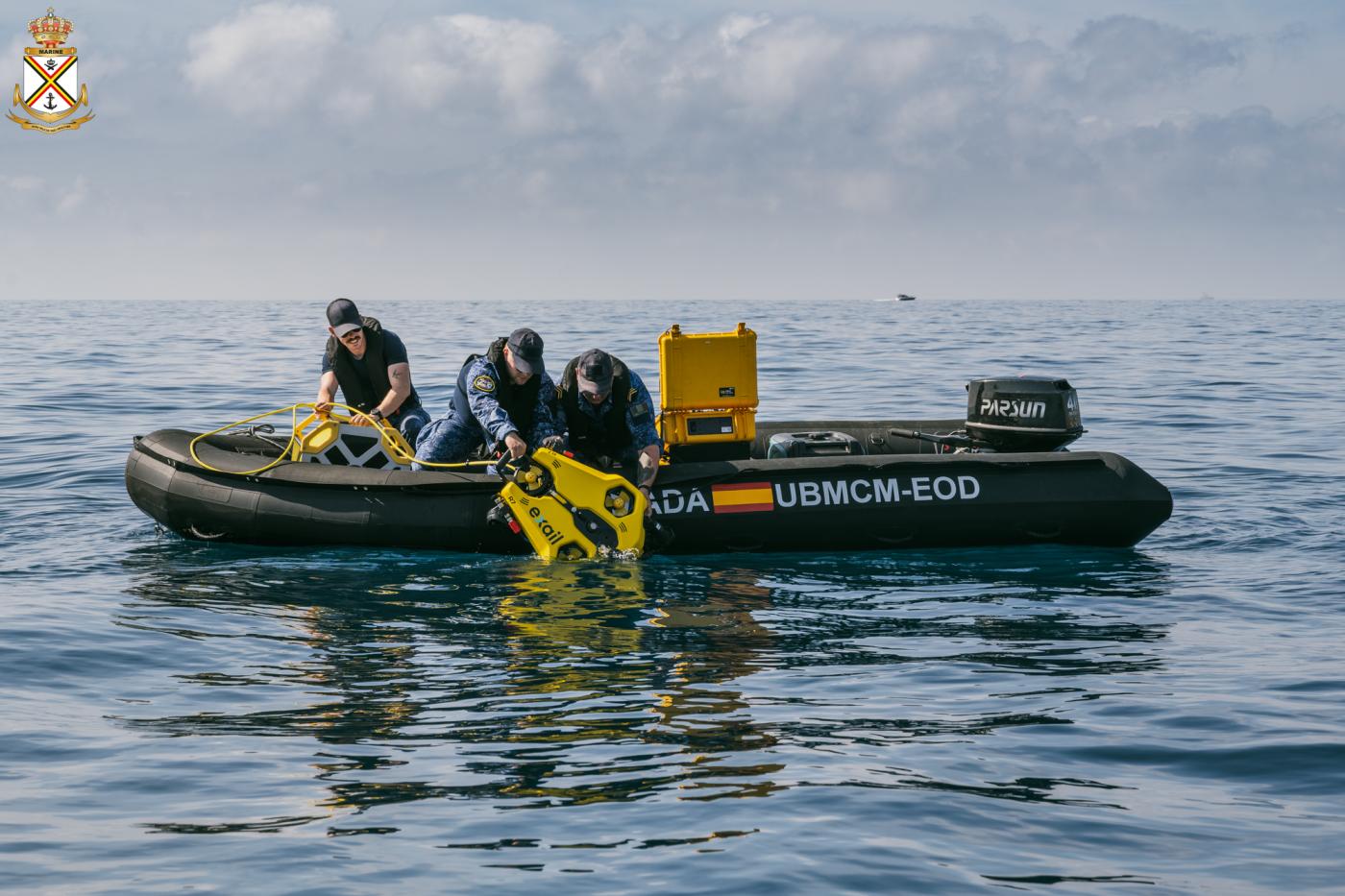
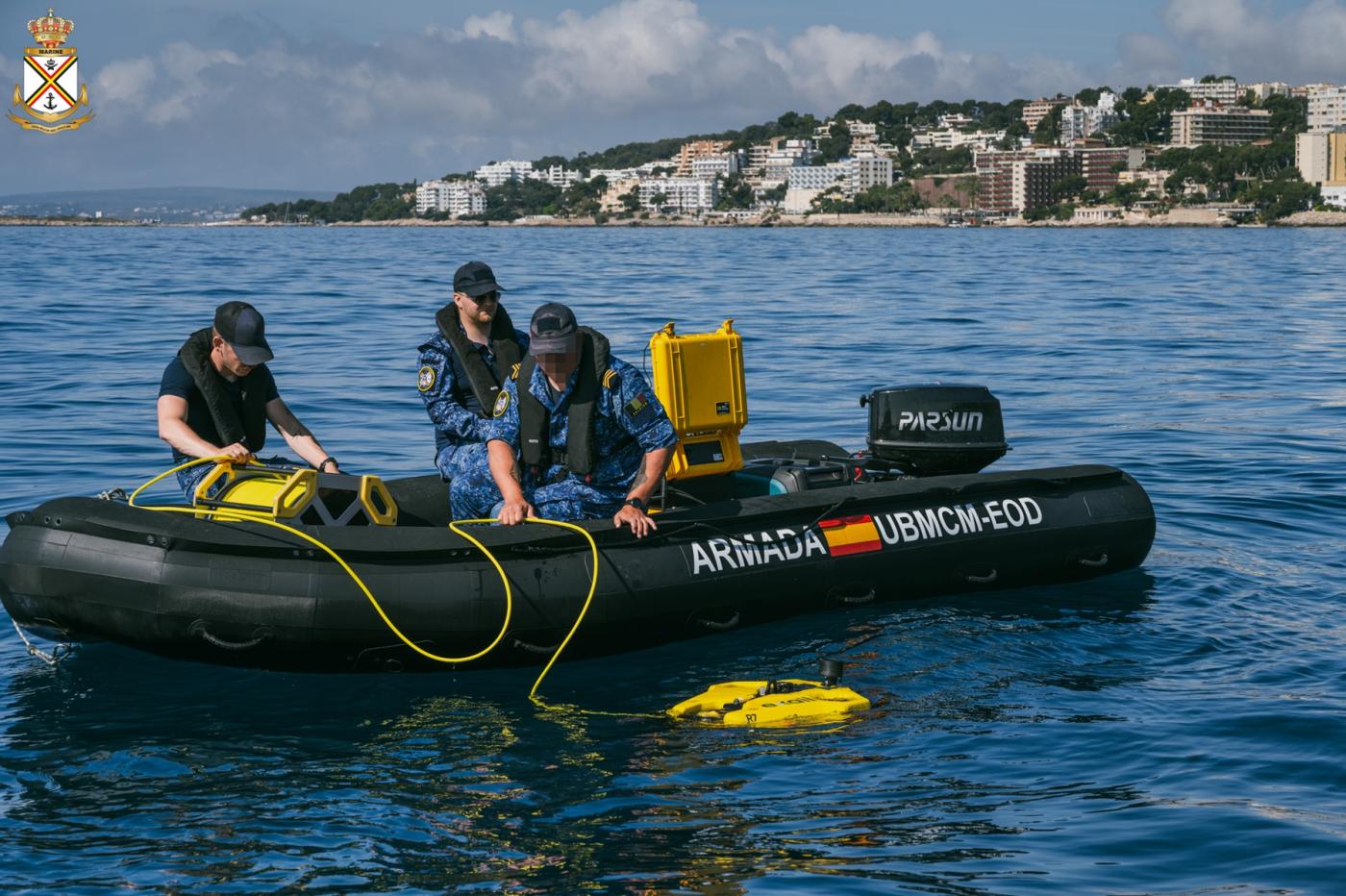
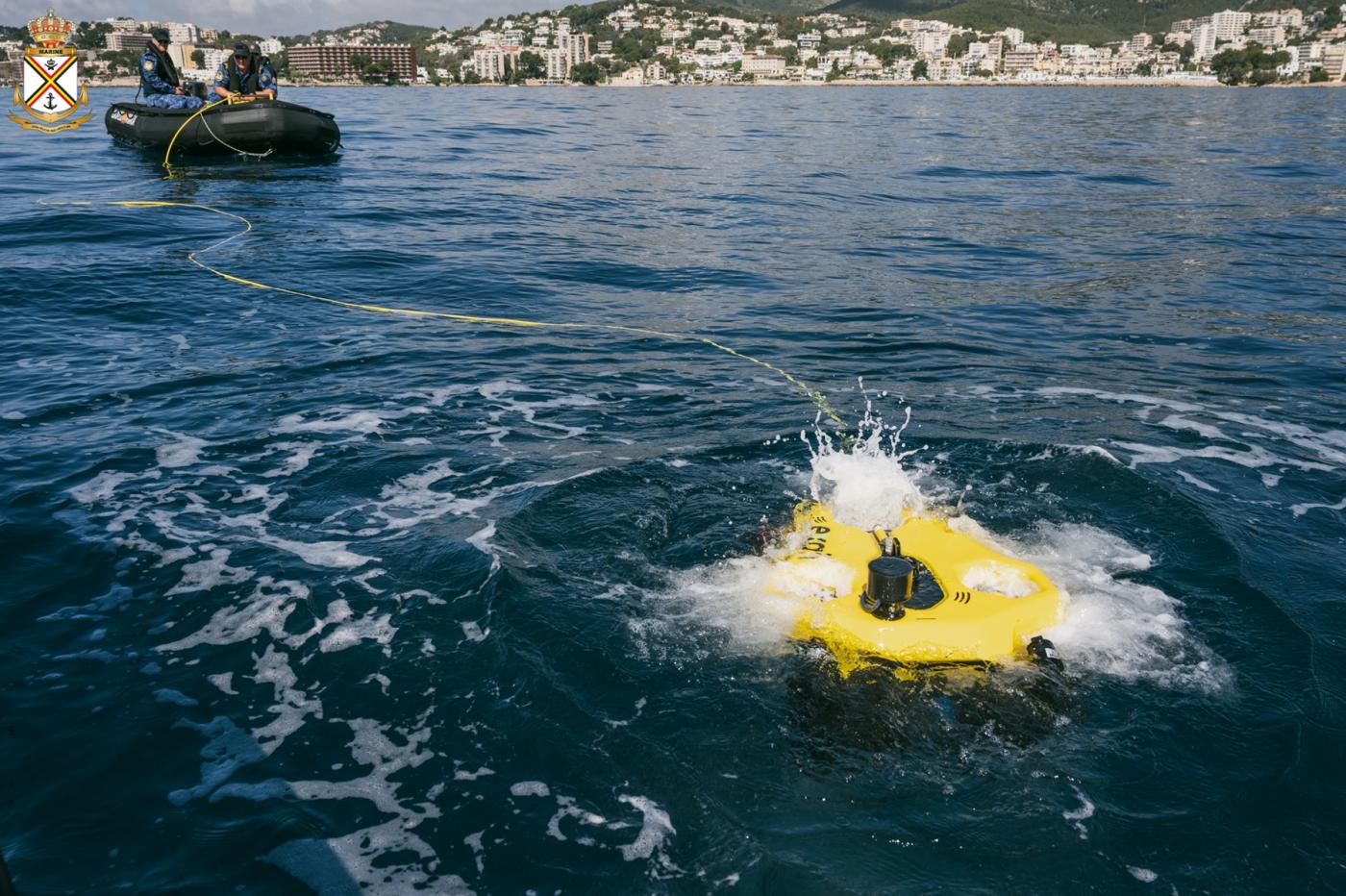

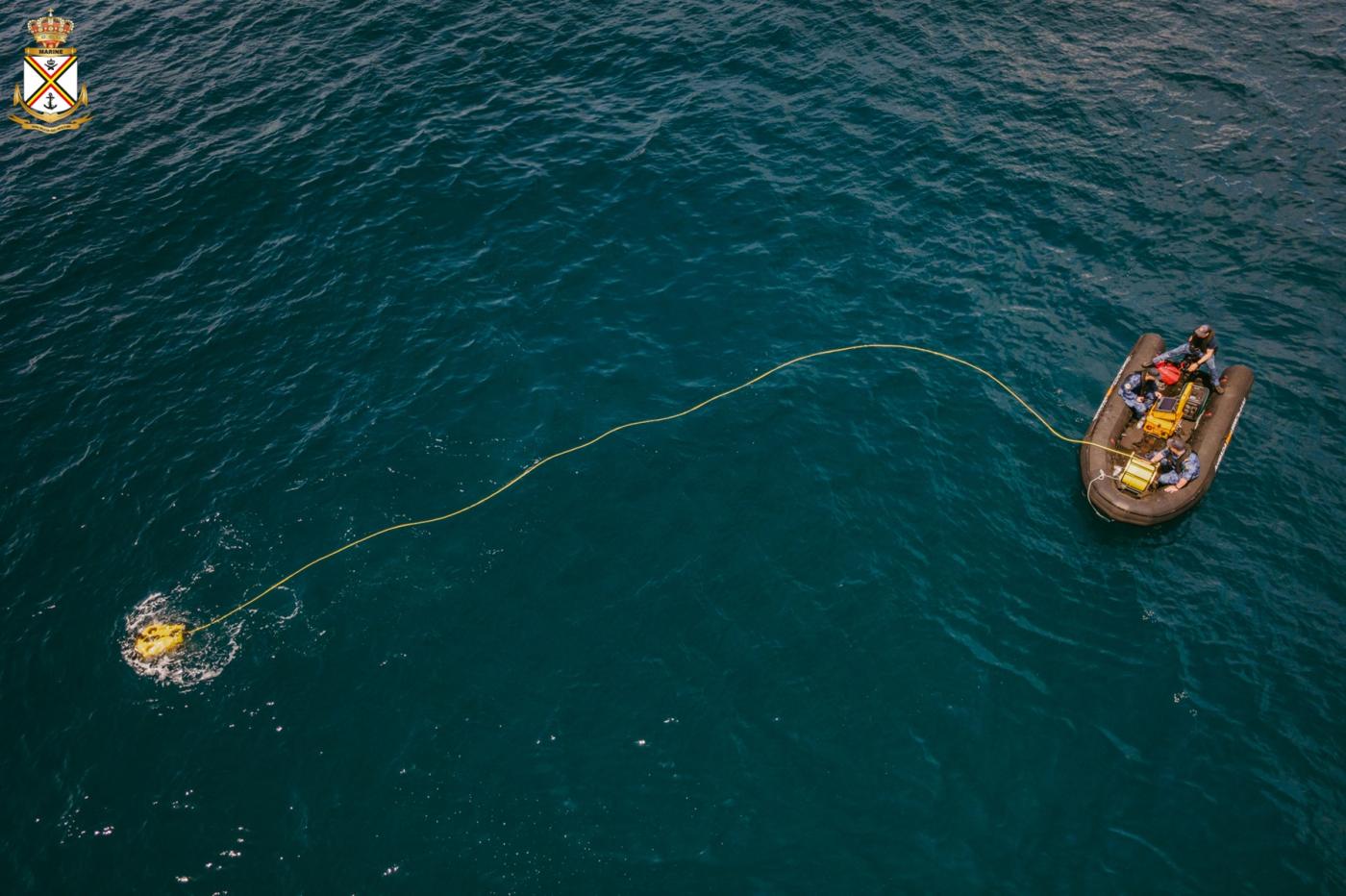
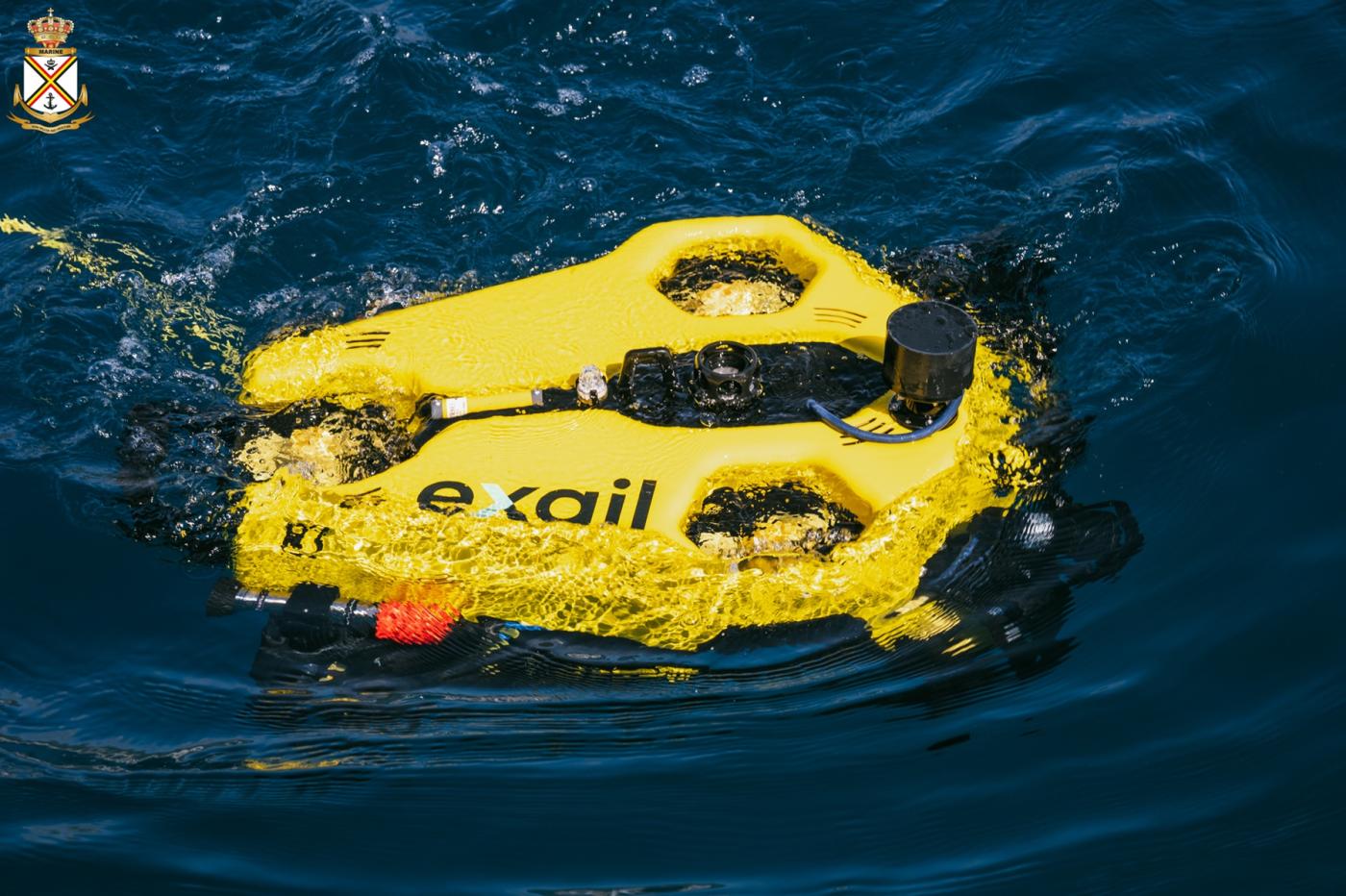

comments
Add the first comment
see also
Suspicious maneuvers by sanctioned Russian tanker near Baltic power link spark Polish military response
USCGC Stratton deploys to Indo-Pacific, bolstering U.S. maritime presence in the region
Formidable Shield 2025: F931 Louise-Marie showcases the strength of the Belgian Navy
Storm Defender 2025: Lithuania strengthens coastal and port security through joint exercises
Polish naval aviators in North Atlantic exercise Dynamic Mongoose 2025
NATO secures Baltic Sea during Open Spirit 2025: mines, robots and energy infrastructure
Lithuania strengthens naval capabilities with new Damen-built tug H-24 "Lokys"
Saab secures SEK 1.3 billion order for lightweight torpedoes from Sweden
Hybrid threats in the Baltic: Polish Navy confirms readiness amid escalating tensions
Poland launches construction of second Miecznik-class frigate: ORP Burza begins to take shape
ADVERTISEMENT
ADVERTISEMENT